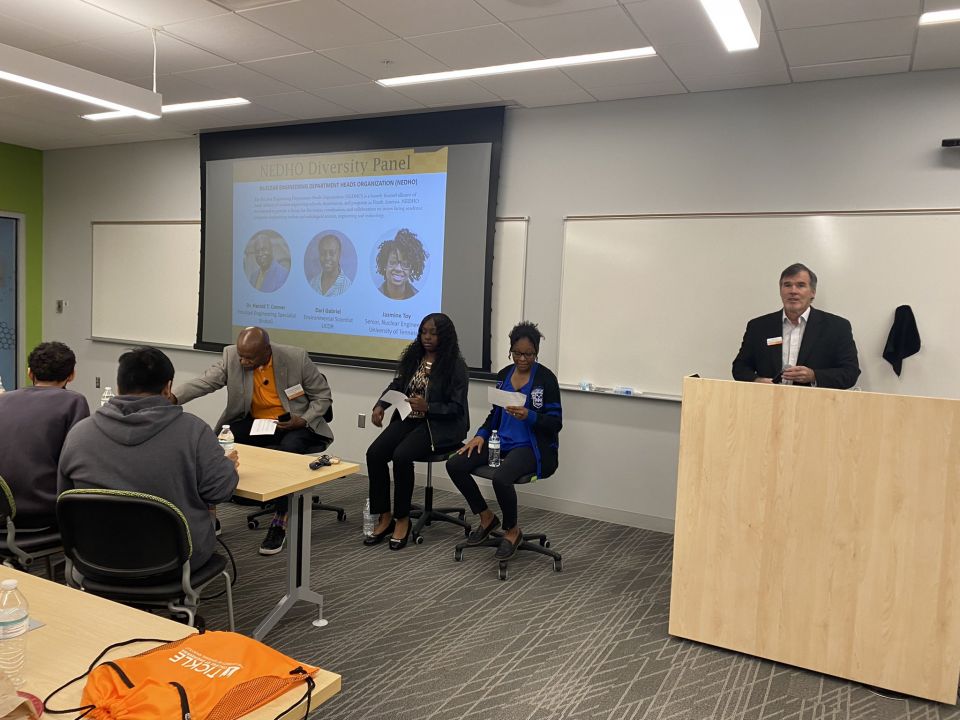Background: Martin McBride, ANS member since 2001 and retired Department of Energy site manager, approached the H&A Committee in July with the idea of creating the award. He had noted that the 2020–2021 school year marks the 65th anniversary of the desegregation of public schools in Oak Ridge, Tenn. McBride said that nuclear pioneers had made important contributions to civil rights, and he highlighted the role that the Atomic Energy Commission played in desegregating the schools in Oak Ridge, a city that sprang up around the federal government’s Manhattan Project of World War II.
The AEC was established by the government after the war to foster and control the peacetime development of atomic science and technology. The integration of the Oak Ridge High School was the result of a January 1955 directive by the AEC and, that same year, the city's school system became the first in the South to desegregate following the Brown vs. Board of Education court decision in 1954.
Getting it started: McBride reached out to ANS with his idea. Jamie Coble, ANS member since 2002 and a member of the H&A and DIA Committees, then took the lead in developing the award.
They said it: “Our industry has played an amazing role in the social advancement of our culture,” McBride said. “In addition to showing respect for fairness and equality, the new ANS diversity award should help attract the best and brightest young people to the nuclear business in the future.”
Coble, associate professor in the Department of Nuclear Engineering at the University of Tennessee, said, “The nuclear industry is lucky to have many people, groups, and organizations working in ways both visible and unseen to make our community welcoming and supportive to everyone. This award highlights those efforts and brings light to those who are working to build a diverse, inclusive, and equitable nuclear community.”
Selection method: The award is given to an individual, group, or organization that has made a significant and impactful contribution to building an inclusive and equitable nuclear community. This can be exemplified by either one significant initiative or a sustained effort over time and potentially many initiatives.
The selection committee consists of six members, three from the H&A Committee and three from the DIA Committee, appointed by the respective chairs.




